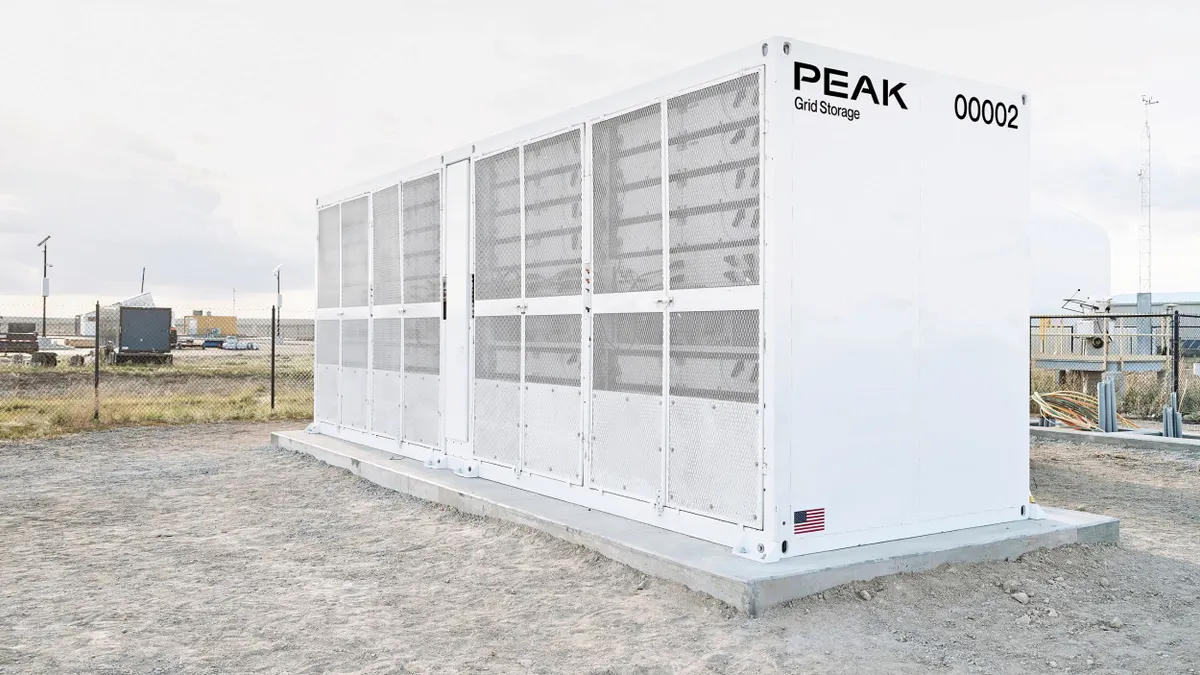The utility industry is at a pivotal moment, driven by the need to improve operational efficiency, reduce costs, enhance reliability, and integrate renewable and distributed energy resources (DERs). Advanced analytics, AI, and machine learning (ML) are powerful tools that help utilities address these challenges. By leveraging data-driven insights, utilities can shift from reactive to predictive maintenance, optimize renewable energy generation, and build a resilient, cost-effective, and sustainable energy future.
Data-Driven Decision Making to Move from Reactive to Predictive Maintenance
One of the most impactful applications of analytics in utilities is predictive maintenance. Historically, utilities have relied on reactive maintenance—repairing equipment after failure—which is costly, disruptive, and risks customer trust. Predictive maintenance, powered by real-time data and AI, enables utilities to anticipate issues before they occur, significantly reducing both costs and risks. Key benefits include:
- Cost Savings: Predictive maintenance is 3-5 times less expensive than reactive approaches due to reduced downtime and fewer emergency repairs.
- Operational Efficiency: Real-time monitoring of asset health allows for optimized maintenance schedules and extended asset lifespans.
- Improved Reliability: Proactive interventions reduce unplanned outages and enhance grid resilience.
Predictive maintenance allows utilities to prioritize interventions, optimize asset performance, and minimize costly downtime. By integrating historical maintenance records, sensor data, and environmental conditions, utilities can establish performance baselines and detect anomalies early. For example, National Grid Electricity Transmission used advanced analytics to optimize asset management for 60,000 assets, reducing planning time by 50% and avoiding 1,000 outages annually, saving $7.8 million in outage costs.
Optimizing Outage and Storm Response
Analytics plays a critical role in optimizing outage management and storm response. Efficient restoration is crucial—not only to avoid regulatory fines but also to maintain customer trust and minimize costs. By analyzing data from advanced metering infrastructure (AMI), smart meters, sensors, and weather forecasts, utilities can predict outages, map affected areas, and prioritize restoration efforts.
- Outage Prediction: AI models analyze weather forecasts, sensor data, and historical outage patterns to pinpoint at-risk areas.
- Crew Optimization: Analytics optimize field crew routes, reducing travel time and accelerating repairs.
- Customer Impact: Faster restoration minimizes regulatory fines and boosts customer satisfaction.
Énergie NB Power created a machine learning based outage prediction model, enabling power restoration to 90% of customers within 24 hours, saving millions annually.
Optimizing Renewable Energy Generation
As utilities expand their renewable portfolios, analytics becomes essential for optimizing asset location, forecasting generation, and enhancing performance.
- Optimal Siting: Analytics can identify optimal locations for renewable assets by analyzing data from existing infrastructure, weather patterns, and transmission interconnections. Optimized siting and co-location of wind, solar, and storage, can reducing costs and expedite grid integration.
- Generation Forecasting: Near real-time updates on weather, demand, and asset performance improve accuracy and reduce overproduction.
- Performance Optimization: AI-driven systems monitor and adjust asset operations to maximize efficiency.
Xcel Energy used analytics to predict wind speed variability, saving millions by avoiding unnecessary ramp-ups of coal and gas plants.
Revolutionizing Vegetation Management
Vegetation management is a significant driver of utility reliability and costs. Traditional cycle-based approaches can be inefficient, trimming areas that don't need maintenance while overlooking high-risk areas. By integrating satellite imagery, geospatial data, and AI, utilities can adopt condition-based vegetation management strategies that optimize maintenance decisions.
This data-driven approach enables utilities to prioritize trimming activities based on actual conditions, reducing tree-related outages and minimizing customer interruptions. National Grid implemented a data driven vegetation management approach, decreasing tree-related events by 30%, reducing customer interruptions by 38% and driving millions in cost savings.
Overcoming Challenges to Analytics Implementation
Despite the benefits, utilities face several challenges in implementing analytics strategies:
1. High Upfront Costs
Starting a data analytics program often requires significant investment in platforms, tools, and skilled staff, and Regulatory approval may also be needed to allocate budget. Utilities can mitigate this by starting with limited-scope projects that demonstrate early success and ROI to build internal and regulatory support. Identifying high-value use cases with minimal infrastructure requirements can help secure future support for broader efforts.
2. Data Quality and Integration
Data silos, poor data quality, and outdated systems can limit the effectiveness of analytics efforts. Utilities must evaluate the quality of their data, correct inconsistencies, and establish strong data governance processes. Starting with use cases that leverage high-quality data from existing systems, like customer information systems (CIS) or meter data management systems (MDMS), can provide a foundation for success.
3. Cultural Resistance and Adoption
Adopting analytics tools often requires a cultural shift within the organization. Employees and leadership accustomed to traditional methods may resist change, while limited expertise in data science can further slow implementation. To address this, utilities should involve employees in developing analytics use cases, fostering ownership and excitement. Running a robust change management program alongside analytics initiatives drives adoption and sustained value realization.
Conclusion
Adopting advanced analytics is no longer optional—it is a strategic imperative. The success stories outlined here demonstrate the transformative potential of analytics to drive operational excellence, financial performance, and environmental stewardship. Advanced analytics and AI offer a path forward, enabling utilities to:
- Proactively maintain critical assets, reducing costs and enhancing reliability.
- Optimize renewable energy operations, accelerating the transition to clean energy.
- Streamline outage response, improving customer satisfaction and regulatory compliance.
Utilities that embrace data-driven strategies will be better positioned to navigate an increasingly complex energy landscape, achieve sustainability goals, and deliver reliable service to their customers.










